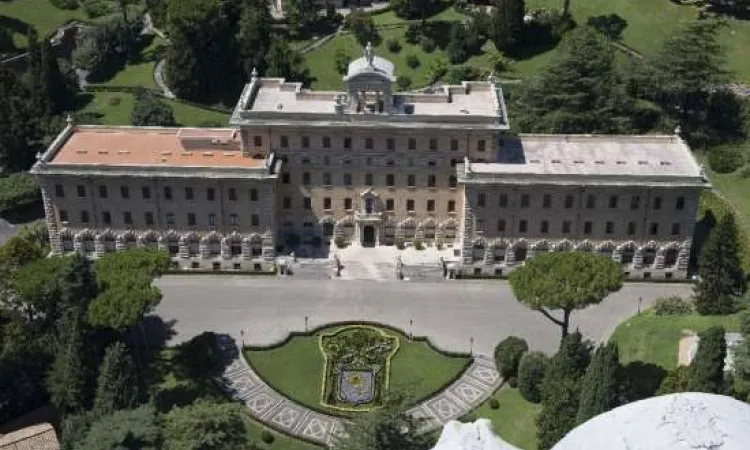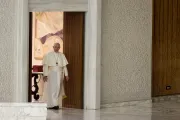Deficit, by the way, is nothing new for the Holy See.
In 1979, the first year of John Paul II's pontificate, it closed with a shortage of 19 billion lire – the then Italian currency. In 1980, the deficit was 31 billion lire, some 27,5 billion euros today. Between 2001 and 2015, the consolidated financial statements of the Holy See closed ten times in the red and only six times in the black.
Short version: structural changes need to happen, and yesterday is already too late.
The APSA proposal
More in A Vatican Observer
The study also suggests strengthening the financial position of the Administration of the Patrimony of the Apostolic See. Salaries are paid through the APSA.
How to strengthen the APSA financial position?
The study by the Secretariat for the Economy suggests moving the investments currently controlled by curial departments into the APSA, transferring whatever dicastery-held liquidity is in foreign financial institutions to the APSA, and also moving dicastery-held liquid assets now deposited with the IOR into the APSA.
According to the study, it would be positive to arrive at the creation of a "single specialized service center on which the financial resources of the Bodies converge" to "improve the proceeds from the financial management to be made available to the Holy See."
This is, in short, the revival of Vatican Asset Management. Cardinal Pell's proposal never took root entirely precisely because it was going to take away managerial autonomy from the various dicasteries. Now, however, the circumstances are dire enough to warrant a second look.
Transparency and Opacity
The issue of purchasing the London apartment also brought to light situations that Cardinal Pietro Parolin called "opaque". The Financial Intelligence Authority had subsequently cleaned up the operation. Still, the presence of Vatican officials on the boards of the companies involved in the purchase transactions, highlighted by the Catholic News Agency, shows that there were at least questionable operations and reformed.
(Column continues below)
Subscribe to our daily newsletter
That was precisely the meaning of the reforms launched by the Financial Intelligence Authority. Seen from this perspective, Pope Francis's decision to cut loose both the President of the Authority, René Bruelhart, and the director, Tommaso Di Ruzza, who were the architects of the financial reform that earned the Holy See great international credit, is inexplicable.
Cardinal Pell thought he was going to break this system of small interests (someone would say corruption) with a Vatican Asset Management outfit set up and controlled from outside the old power structure, brought out of the Vatican, and by the influence of some circles. The auditing contract signed with Pricewaterhouse Cooper in 2016 also came from that rationale. The agreement was then renegotiated so that the sovereignty of the Holy See would be preserved.
The role of the APSA
APSA is regarded as a central bank and is the institutional-governmental investor of the Vatican City State. It operates exclusively on behalf and in the interest of the organs of the Holy See or of the State itself.
Economic reform has taken many steps back and forth.
The reform began in 2014 with the motu proprio Fidelis Dispensator et Prudens, which led to the formation of the Secretariat for the Economy, the Council for the Economy, and the Vatican Auditor General.



